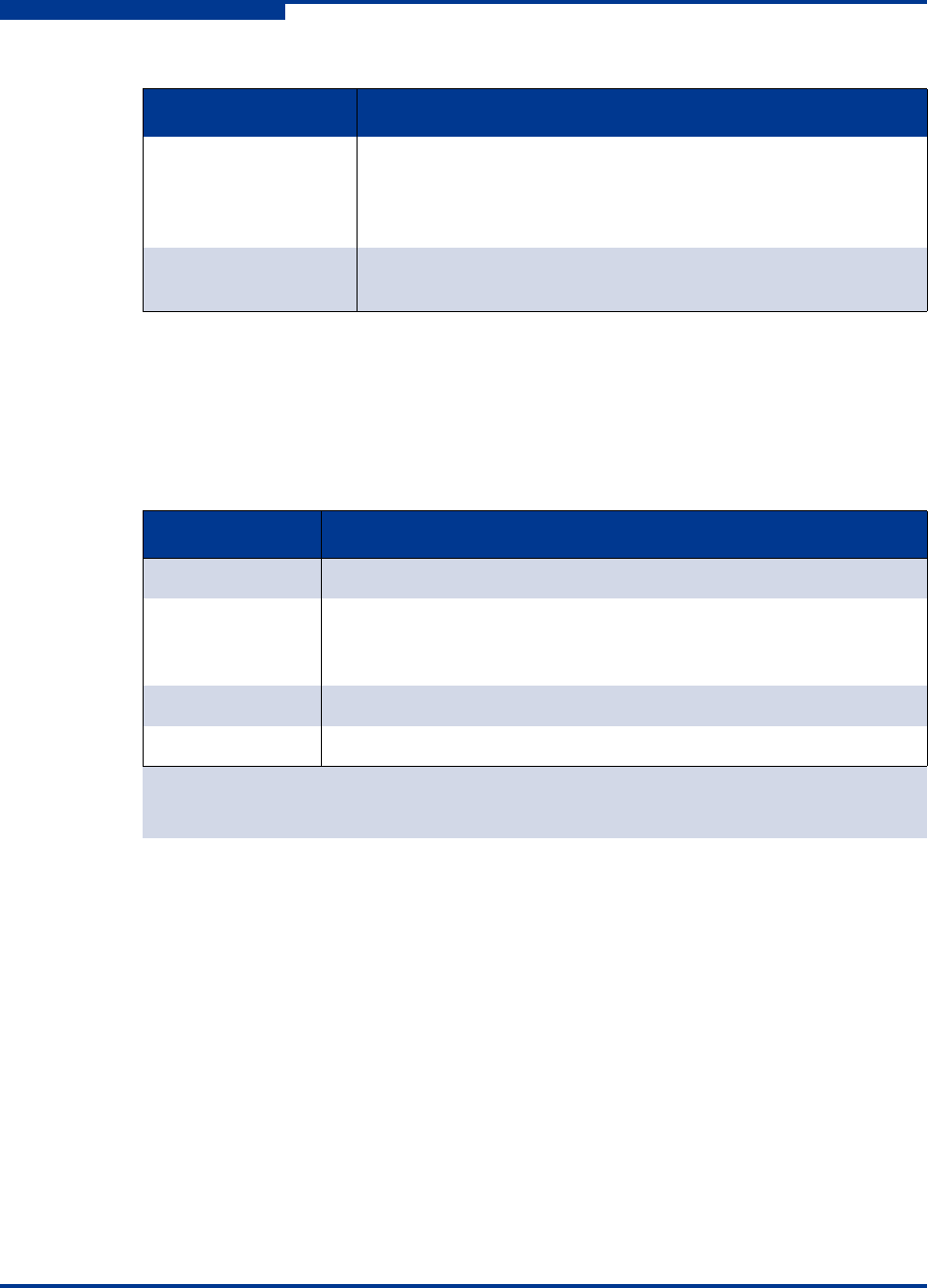user manual
Table Of Contents
- Table of Contents
- 1 Introduction
- 2 Command Usage
- 3 Configuring CHAP
- 4 Command Reference
- Command Listing
- Command Syntax
- Admin
- Beacon
- Clear
- Date
- FcipRoute
- FRU
- Help
- History
- Image
- Initiator
- Localmap
- Logout
- Password
- Ping
- Quit
- Reboot
- Remote Map
- Remote Peer
- Reset Factory
- Save
- Set
- Set CHAP
- Set FC
- Set Features
- Set iSCSI
- Set iSNS
- Set Mgmt
- Set NTP
- Set Properties
- Set SNMP
- Set System
- Show
- Show CHAP
- Show FC
- Show FcipRoutes
- Show Features
- Show Initiators
- Show iSCSI
- Show iSNS
- Show Localmaps
- Show Logs
- Show Memory
- Show Mgmt
- Show NTP
- Show Performance
- Show Presented Initiators
- Show Presented Targets
- Show Properties
- Show Remotemaps
- Show Remotepeers
- Show SNMP
- Show Stats
- Show System
- Show Targets
- Show VLAN
- Shutdown
- Target
- Traceroute
- A Log Messages
- B Simple Network Management Protocol (SNMP)
- Index

B – Simple Network Management Protocol (SNMP)
Introduction
B-2 SN0054659-00 A
S
SNMP Trap Configuration
SNMP trap configuration supports setting up to eight trap destinations. Choose
from Traps 1–Trap 8 to configure each trap. Table B-2 describes the parameters
for configuring a SNMP trap.
System contact Specifies the name of the person to be contacted to respond to
trap events. The name can be up to 64 characters excluding
the number sign (#), semicolon (;), and comma (,). The default
is undefined.
Authentication traps Enables or disables authentication trap generation in response
to authentication failures. The default is disabled.
Table B-2. SNMP Trap Configuration Parameters
Parameter Description
Trap n enabled Enables or disables trap n. If disabled, the trap is not configured.
Trap address
*
Specifies the IP address to which the SNMP traps are sent. A max-
imum of eight trap addresses are supported. The default address
for traps is 0.0.0.0.
Trap port
*
The port number on which the trap is sent. The default is 162.
Trap version Specifies the SNMP version (1 or 2) with which to format traps.
*
Trap address (other than 0.0.0.) and trap port combinations must be unique. For example, if trap 1 and trap 2
have the same address, then they must have different port values. Similarly, if trap 1 and trap 2 have the same
port value, they must have different addresses.
Table B-1. SNMP Properties (Continued)
Parameter Description










